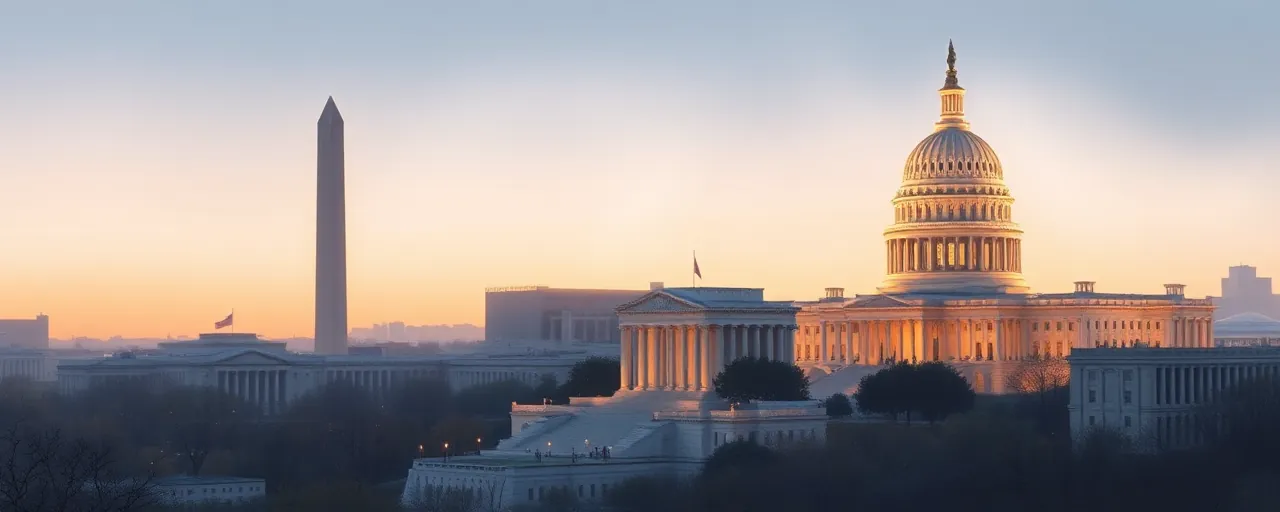A Capital Under Scrutiny
Washington D.C., the city that stands as a shared symbol for all Americans, has long been a point of pride and a hub of national governance. Yet, its streets tell a different story lately, one shadowed by rising crime and visible decay. On March 27, 2025, President Donald J. Trump signed an Executive Order aimed at tackling these challenges head-on, launching a sweeping initiative to transform the nation’s capital into a safer, more beautiful place for residents, workers, and visitors alike.
The move comes amid growing public concern over the city’s condition. Violent crime spiked dramatically in 2023, with homicides hitting a 26-year high, while the D.C. Metro Police Department struggles with staffing shortages not seen in decades. Trump’s plan promises a dual focus: cracking down on crime and restoring the city’s aesthetic appeal. It’s a tall order, and one that’s sparking debate over how best to balance law enforcement with broader social needs.
The Task Force Takes Shape
At the heart of the Executive Order is the D.C. Safe and Beautiful Task Force, a group pulling together officials from various federal agencies. Their mission is clear-cut. They’re tasked with surging law enforcement into public spaces, enforcing laws against drug use, vandalism, and fare evasion on the Metro system. The task force will also push for stricter pre-trial detention, assist the D.C. Police in hiring more officers, and expedite concealed carry licenses for eligible citizens.
Beyond safety, the order sets out to polish the city’s image. Federal buildings, monuments, and parks are slated for restoration, while the National Park Service will clear homeless encampments and graffiti from public lands. Supporters see this as a return to order and dignity, a way to make D.C. a fitting emblem of American values. Others question whether the heavy emphasis on policing might overshadow efforts to address deeper issues like housing and economic opportunity.
Crime and Context: What the Numbers Say
Crime in D.C. paints a stark picture. Violent crime soared by 39% in 2023, and though 2024 saw some declines, rates remain well above historical norms. Property crime, too, jumped 24% in 2023, leaving residents and lawmakers alike searching for answers. The administration points to lax policies, like relaxed pre-trial detention and a reluctance to prosecute certain offenses, as key culprits. Data backs some of this up, historical studies show a 10% boost in police presence can cut crime by up to 7%, but the effect isn’t uniform across all areas or demographics.
Yet, experts urge caution. Recent drops in violence in cities like Philadelphia hint that community programs and economic support play a big role alongside policing. In D.C., the police force hovers below 3,500 officers, short of the 4,000 deemed necessary, and the city’s forensic lab has faced delays due to accreditation lapses. Federal assistance aims to fix that, but some argue resources might be better split between enforcement and tackling poverty or joblessness, which often fuel crime’s roots.
Immigration and Local Tensions
The order also dives into immigration enforcement, directing the task force to monitor D.C.’s cooperation with federal authorities and target undocumented individuals deemed dangerous. This echoes a broader push by the Trump administration to pressure sanctuary cities, a stance that’s reignited old battles. Local leaders worry that such measures could fray trust with immigrant communities, making them less likely to report crimes or cooperate with police. Federal officials counter that public safety hinges on rooting out threats, no matter their origin.
History offers a mixed lens here. Past collaborations under laws like Section 287(g) have bolstered deportations but sparked lawsuits over profiling in places like Arizona. In D.C., the debate simmers as police grapple with limited resources, some officers privately grumble that immigration duties pull them from neighborhood beats. It’s a tug-of-war between federal priorities and local realities, with no easy resolution in sight.
Beautification Meets Hard Realities
On the beautification front, the plan’s ambitions are tangible. Think gleaming monuments, graffiti-free parks, and roads free of litter. Clearing homeless encampments, though, stirs a thornier issue. Advocates for the unhoused argue that sweeping camps without offering housing solutions just shifts the problem elsewhere, a critique borne out by past efforts in cities like Los Angeles. The administration frames it as a necessary step to reclaim public spaces, but the human cost lingers as a point of contention.
Restoring D.C.’s forensic lab also ties into this broader vision. Accreditation, regained for some units in 2024 after a three-year gap, is vital for speeding up investigations and securing convictions. Reliable evidence strengthens the justice system, a deterrent in its own right, yet it demands funding and expertise that some say could also aid social programs. The push for balance between enforcement and uplift remains a tightrope walk.
A Promise in Motion
Trump’s initiative builds on a pledge he made after returning to Washington in 2025, decrying the city’s decline since his last term. The Executive Order is a concrete step toward that vision, blending nostalgia for a grander D.C. with a hardline stance on crime. For many Americans, the capital’s state reflects the nation’s own, a barometer of pride or neglect. Whether this plan delivers rests on execution, and early reactions suggest a divide between those who cheer the crackdown and those who see it as a partial fix.
The stakes are high. A safer, cleaner D.C. could lift spirits and signal competence, but critics warn that leaning too hard on policing risks alienating swaths of the population. Residents, from commuters dodging Metro fare-jumpers to families near tent-lined parks, will feel the changes most. Their voices, alongside data and time, will judge if this bold swing hits the mark or falls short.
